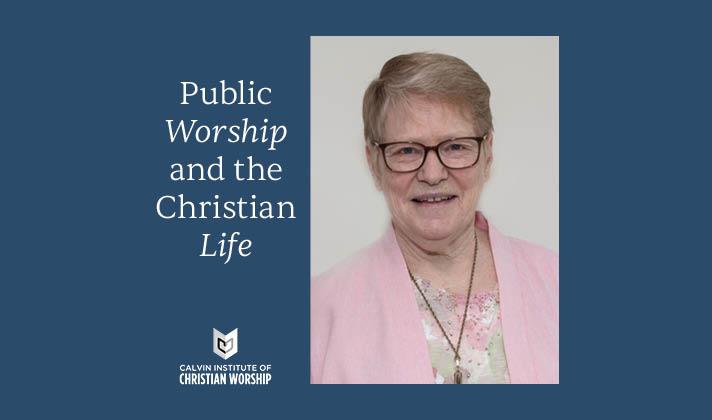How does this psalm piece interpret the psalm?
This psalm piece captures the whole of Psalm 13, which is a classic form of prayer. The psalmist honestly voices desperation with four questions of “How long?”. Then comes three petitions with three reasons. The most important part is the turning point of verse 5 when the psalmist chooses to trust in God’s covenantal love, so it forms the song’s hook line. Because the psalmist has received light for his eyes and, though circumstances have not changed, trusts deeply in God’s love, the psalmist is still able to sing the song of salvation with joy. We often use a minor key to express sadness or pain, but this melody uses octaves and the pentatonic scale to express the psalmist’s emotions. The dance interpretation of this psalm piece enriches the expression with another form of art. The black-and-white video highlights the psalm’s lament. The dancer’s postures and movements express the psalmist’s movement from lament to petition to trust. This psalm piece helps us to learn how to honestly voice out our cries and desperation before God and to express our deep faith and trust in God in the face of traumatic events and grief.
English Translation:
How long, O Lord? Will You forget me forever?
How long will You hide Your face from me?
How long must I bear pain in my soul,
and have sorrow in my heart all day long?
How long shall my enemy be exalted over me?
O Lord, please do not ever leave me,
Consider and answer me, O Lord my God!
Give light to my eyes, or I will sleep the sleep of death,
and my enemy will say, “I have prevailed”;
my foes will rejoice because I am shaken.
But I trusted in Your steadfast love;
which is a love of covenant and will never change.
My heart shall rejoice in Your salvation
For I belong to You and I will turn my eyes upon You.
But I trust in Your steadfast love;
Though my wearies and trials have not been changed,
I will sing to You, because You have dealt bountifully with me
and I will rejoice in You my whole life.
This contemporary song is to be sung in Cantonese (a tonal language). This song is suitable for singing as a prayer to express our trust to God in any situation, as we remember God’s grace. It is also appropriate for singing during Lent or when the congregation is facing severe grief and sorrow.
Text: Psalm 13; Yvette LauMusic: Yvette Lau, © 2017 by Anabas Ministry
Used by permission. All rights reserved.
Contact: Yvette Lau, www.anabasministry.org






